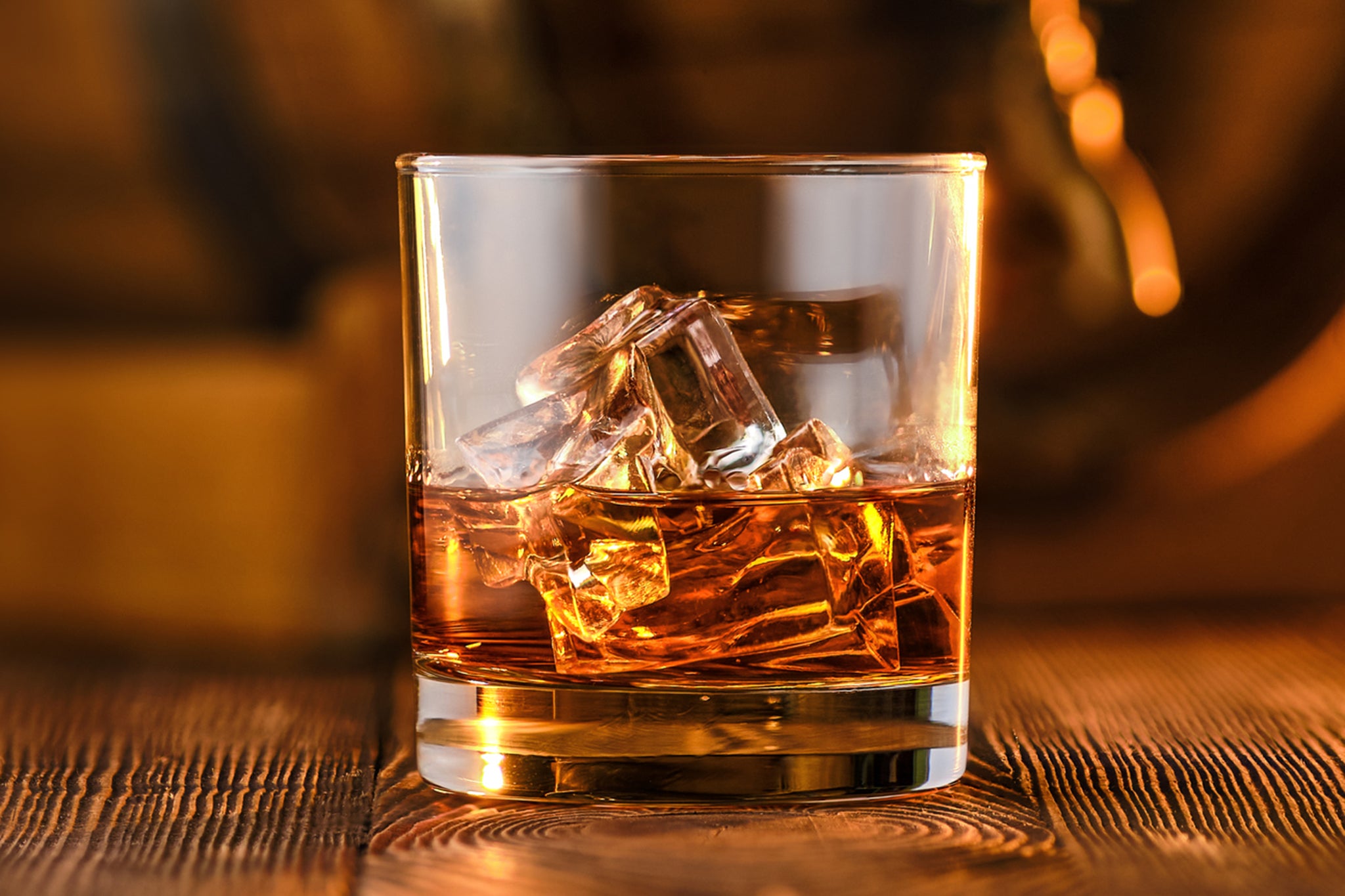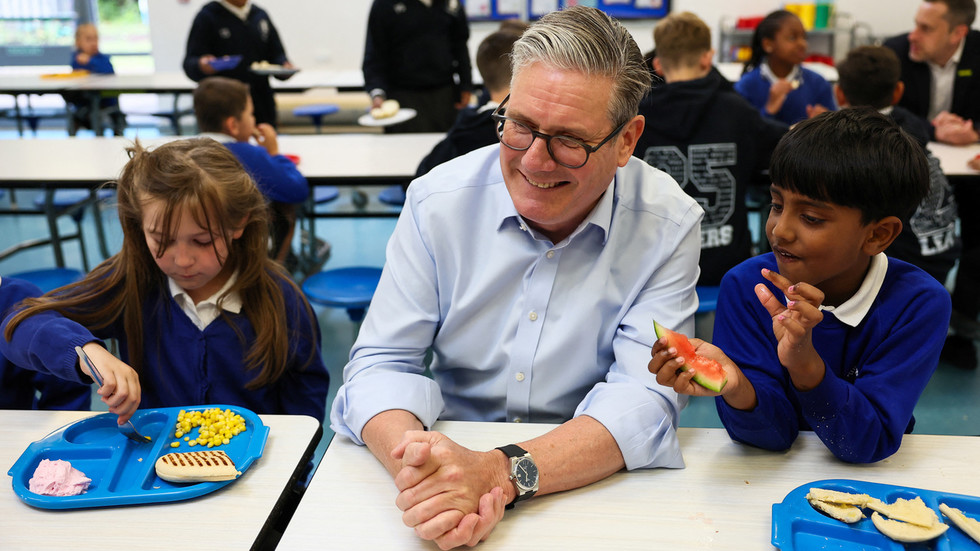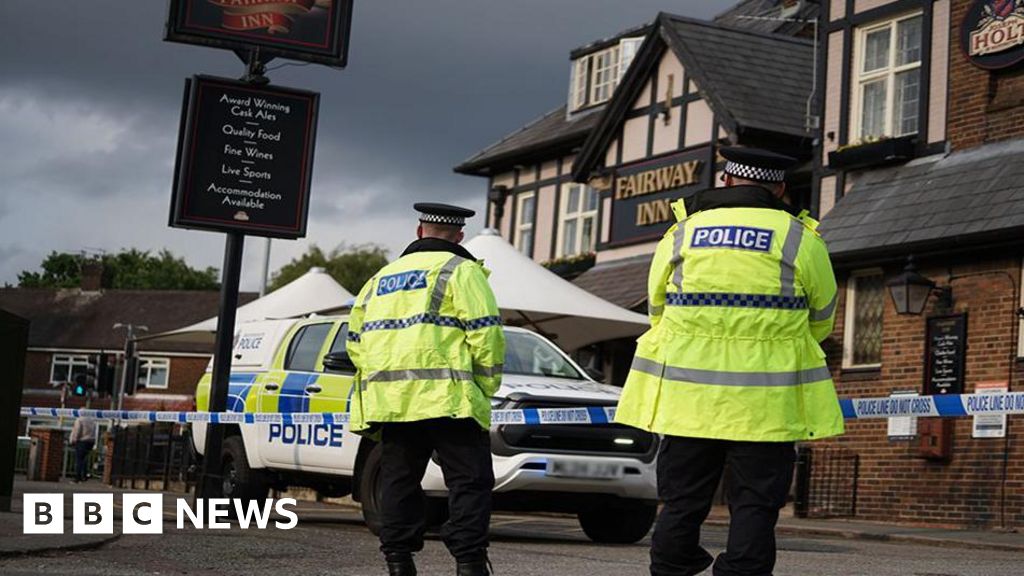Alcohol consumption among adults in Ireland has fallen by almost 5 per cent in the last year, new figures show.
A report by economist Anthony Foley found that average alcohol consumption per adult fell by 4.5 per cent last year, to 9.49 litres of pure alcohol.
The data is consistent with a downward trend recorded over the last 25 years.
The fall represents a drop of more than one-third (34.3 per cent) since 2001.
Total consumption in Ireland fell by 2.4 per cent last year to 41.5 million litres, which equates to an overall 4.5 per cent drop in alcohol intake per person when last year’s 2.3 per cent increase in the population is taken into account.
The report indicates that consumption tastes are also evolving.
Beer was Ireland’s most popular alcohol last year, with its market share increasing by 0.4% to 43.3% despite an overall drop in beer consumption.
Wine was the second-most popular drink, increasing its market share by 0.1% to 28.2% in 2024. Its popularity has increased significantly since 2000 (13.2%).
Meanwhile, spirits fell by 0.4% to 22.3% and cider fell by 0.1% to 6.1%.
The report was commissioned by the Drinks Industry Group of Ireland (Digi), which said the figures demonstrated that Irish people are increasingly drinking alcohol in moderation.

It follows other recent data which suggests that alcohol consumption in Ireland is now at average European levels.
OECD data for 2022 revealed that Irish consumption ranks behind countries including France, Spain and Austria, and a separate report by the Health Research Board last year also indicated that Ireland’s alcohol consumption was at average levels by EU or OECD standards.
Donall O’Keefe, the secretary of Digi and chief executive of the Licensed Vintners Association, said the findings are reflective of a trend over the last 25 years.
He has also called on Government to cut excise rates.
“Today’s figures offer clear proof of what many of us already know – Irish people are increasingly drinking in a restrained manner, with consumption continuing the downward trajectory that has been recorded since the millennium,” he said.
“In contrast to the negative stereotypes that once existed, alcohol consumption in Ireland is now at average European levels, with the purchase of non-alcoholic drinks continuing to increase.
“This downward trend also raises the obvious question as to why Ireland continues to have the second-highest excise rates on alcohol in Europe.
“Given that we now consume alcohol at average European levels it makes sense that we should pay excise at average European levels also.
“This is particularly true following the introduction of minimum unit pricing which prevents the sale of strong alcohol at low prices in supermarkets and shops.
“Across Ireland, hundreds of small rural pubs and restaurants are struggling for survival due to repeated increases in the cost of doing businesses, including staff, energy and insurance.
“A cut in excise would offer these businesses an opportunity to continue acting as vital hubs in their communities, as well as a crucial part of our tourism product.”
“Digi will be seeking a 10% cut in excise in this year’s budget as an urgent measure to give these businesses a fighting chance of survival.”
The Digi report was compiled by Prof Foley, associate professor emeritus at Dublin City University, using data from the CSO population and migration estimates for April 2024 and the Revenue Commissioners’ alcohol clearances data.

 9 hours ago
3
9 hours ago
3








